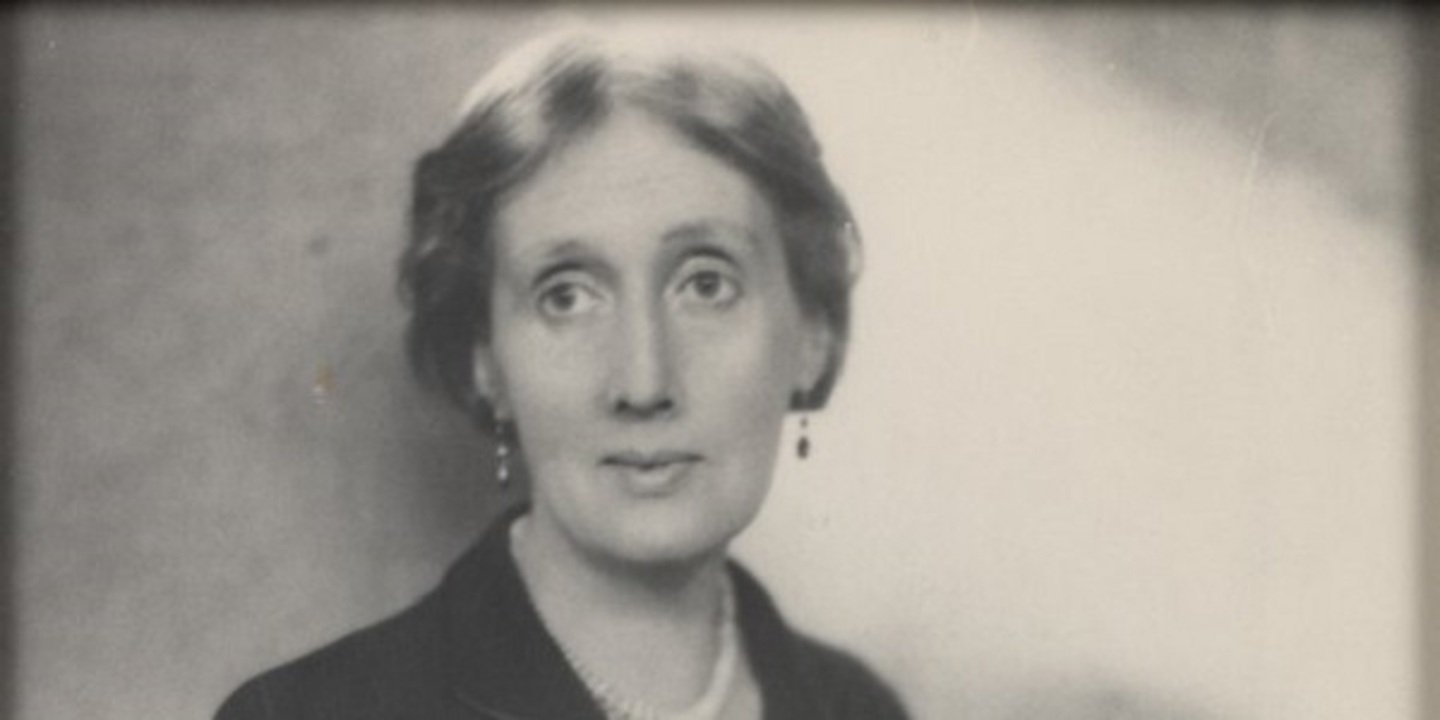- Home
- About Us
- Bloomsbury History
- The Bloomsbury Group

The Bloomsbury group was a circle of artists, writers and intellectuals including Virginia Woolf, her sister Vanessa Bell, their brother Thoby Stephen, Clive Bell, Leonard Woolf, Lytton Strachey, and Saxon Sydney-Turner. E.M. Forster, John Maynard Keynes, Duncan Grant and Roger Fry also became prominent members of the group from around 1910.
Old Bloomsbury and new
Virginia and Vanessa moved from Kensington to Bloomsbury in 1904 after the death of their father, the celebrated writer and critic, Sir Leslie Stephen.
46 Gordon Square, their original Bloomsbury house, became a centre of artistic and intellectual activity when their brother Thoby brought his Cambridge University ‘Apostles’ friends to the ‘Thursday Evenings’ the sisters hosted. At these gatherings everything from the status of art to issues of Britain’s declining empire was subjected to intense scrutiny.
Shared identity
Drawn together in part by the hugely influential philosophy of G.E. Moore whom Thoby had encountered at Cambridge, the ‘Bloomsberries’ embraced a culture of sexual equality and freedom, informality and fierce intellectual debate, largely at odds with their strict Victorian upbringings.
Innovation
The heady atmosphere of openness, experiment and intellect produced some of the most significant statements in English modernism: from Strachey’s Eminent Victorians and Keynes’s Economic Consequences of the Peace, to Virginia Woolf’s Mrs Dalloway and Vanessa Bell and Duncan Grant’s paintings.
It is no wonder, therefore, that salon hostess Lady Ottoline Morrell, philosopher Bertrand Russell, aristocratic writer Vita Sackville-West and her diplomat husband Harold Nicolson all attached themselves to the group between 1909 and 1923.
Criticism
Influential in everything from art and literature to post-colonial politics, the group became the focus of intense dislike in the post-war period, as it was seen as elitist and self-regarding. This is an unjust characterisation given Bloomsbury’s origins in the (largely self-taught) Stephen sisters’ rejection of the socially exclusive upper middle-class world to which their parents had belonged.
Beyond Bloomsbury: the South Downs
While all members of Bloomsbury were in one way or another based in London, they regularly congregated at their various homes in the South Downs: Virginia and Leonard Woolf lived at Monk’s House near Rodmell; Duncan Grant and Vanessa Bell lived at nearby Charleston Farmhouse where they regularly hosted group members and other notable friends; and Maynard Keynes lived at Tilton House with his wife, the Russian ballerina, Lydia Lopokova.
As their attachment to the Sussex landscape attests, the group was profoundly invested in the English countryside. Both the Woolfs and Keynes campaigned to protect the South Downs, while Vanessa Bell and Duncan Grant celebrated its landscapes throughout their artistic careers.